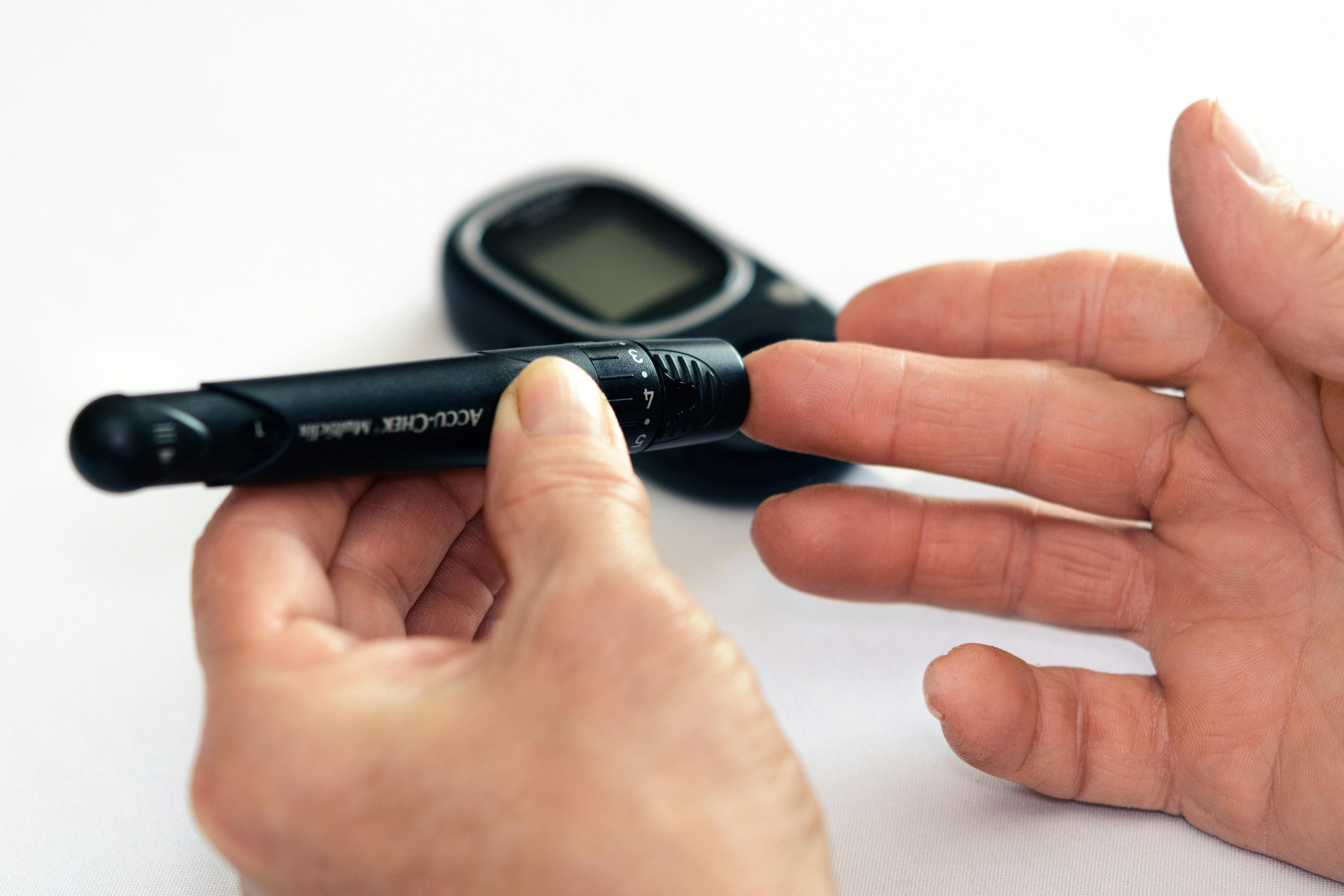Flavonoid-rich diet slashes type 2 diabetes risk

diet
A study published in the journal Nutrition & Diabetes reveals that increasing the intake of flavonoid-rich foods can reduce the risk of developing type 2 diabetes. By Dr. Sanchari Sinha Dutta, Ph.D https://www.news-medical.net/medical/authors/sanchari-sinha-dutta.

Background
Type 2 diabetes has become a significant public health concern because of its steadily increasing prevalence worldwide. Currently, 415 million people are living with diabetes, and more than 4 million deaths are associated with this condition globally.
Certain modifiable risk factors, such as obesity, overweight, are associated with the development of type 2 diabetes, which subsequently increases the risk of developing several health complications, including cardiovascular disease, kidney disease, dementia, and certain cancer types.
A higher intake of plant-based diet is known to lower the risk of type 2 diabetes. Plants are rich sources of various polyphenolic compounds with different bioavailability and bioactivity. Flavonoids are a class of polyphenolic compounds grouped into six main subclasses: flavanones, flavones, flavan-3-ols, flavonols, anthocyanins, and isoflavones.
Evidence from randomized controlled trials (RCTs) indicates that higher intake of flavonoids is associated with increased insulin sensitivity, reduced insulin resistance, and improved blood lipid profile. In this study, scientists have investigated the association between a flavonoid-rich diet and incident type 2 diabetes in a large-scale UK population.
Study design
A total of 113,097 UK Biobank participants were enrolled in the study. The UK Biobank is a large-scale, population-based prospective cohort study of more than 500,000 adult participants recruited from the UK between 2006 and 2010.
Two or more 24-hour dietary assessments obtained from the participants were analyzed using the US Department of Agriculture databases to calculate flavonoid intakes. Ten flavonoid-rich food items were selected based on mean daily intakes (daily servings). A Flavodiet Score (FDS) was calculated by summing the total number of servings consumed across the ten selected food items.
Appropriate statistical analyses were conducted considering potential confounding factors to determine the association between dietary exposures and incident type 2 diabetes.
Important observations
During the average study follow-up period of 12 years, 2,628 incident type 2 diabetes cases were identified.
A comparatively higher intake of flavonoid-rich diet was observed among female participants, older participants, physically active participants, or those with higher educational backgrounds.
The average total flavonoid intake per day was 805.7 milligrams. Among different subclasses, polymers, including proanthocyanidins and flavan-3-ols, contributed 67% and 22% of total flavonoid intake, respectively. Tea intake was the primary source for these two subclasses.

The lowest contributing subclass to total flavonoids was flavones, derived predominantly from peppers.
Association between flavonoid intake and incident type 2 diabetes risk
The analysis adjusted for demographic and lifestyle characteristics of participants revealed that a higher FDS (six servings of flavonoid-rich foods per day) is associated with a 28% lower risk of incident type 2 diabetes, as compared to lower FDS (one serving of flavonoid-rich foods per day).
The dose-response analysis revealed that increasing one serving per day of flavonoid-rich foods is associated with a 6% lower risk of incident diabetes.
Regarding specific flavonoid-rich food items, the study found that higher intakes of black or green tea, berries, and apples are associated with 21%, 15%, and 12% lower risk of incident type 2 diabetes, respectively.
Regarding specific flavonoid subclasses, higher intakes of anthocyanins, flavan-3-ols, flavonols, flavones, polymers, and proanthocyanidins were found to associate with a 19%, 26%, 28%, 19%, 26%, and 27% lower risk of incident diabetes, respectively.
Mechanistic analysis
The study analyzed several potential biomarkers related to type 2 diabetes to identify the biological mechanisms responsible for the observed associations.
The mediation analysis identified body mass index (BMI), insulin-like growth factor 1 (IGF-1), C-reactive protein, cystatin C, urate, gamma-glutamyl transferase (GGT), and alanine aminotransferase (ALT) as potential mediators.
Specifically, the findings indicated that the beneficial effects of a flavonoid-rich diet on body weight management, glucose metabolism, basal inflammation, and kidney and liver functions are partly responsible for the reduction in type 2 diabetes risk observed in the study.
Study significance
The study finds that flavonoid-rich foods can significantly reduce the risk of type 2 diabetes by regulating obesity, glucose metabolism, inflammation, kidney and liver function, and other metabolic processes. Existing literature indicates that flavonoids, especially anthocyanins, flavan-3-ols, and flavonols, can exert anti-diabetic effects by improving insulin secretion and signaling and facilitating glucose transportation and metabolism. As the scientists mentioned, the study population includes middle-aged British adults, which restricts the generalizability of findings to other non-European population
Flavonoids (specifically flavonoids such as catechins) are “the most common group of polyphenolic compounds in the human diet and are found ubiquitously in plants. Flavonols, the original bioflavonoids such as quercetin, are also found ubiquitously but in lesser quantities. The widespread distribution of flavonoids, their variety, and their relatively low toxicity compared to other active plant compounds (for instance, alkaloids) mean that many animals, including humans, ingest significant quantities in their diet.
Foods with a high flavonoid content include parsley, onions, blueberries, and other berries, black tea, green tea, and oolong tea, bananas, all citrus fruits, Ginkgo biloba, red wine, sea-buckthorns, buckwheat, and dark chocolate with a cocoa content of 70% or greater. As flavonoids in cocoa have a bitter taste, they may be removed during chocolate manufacturing.
Citrus flavonoids include hesperidin (a glycoside of the flavanone hesperetin), quercitrin, rutin (two glycosides of quercetin, and the flavone tangeritin. The flavonoids are less concentrated in the pulp than in the peels (for example, 165 versus 1156 mg/100 g in pulp versus peel of satsuma mandarin, and 164 vis-à-vis 804 mg/100 g in pulp versus peel of clementine).
Peanut (red) skin contains significant polyphenol content, including flavonoids.
Neither the United States Food and Drug Administration (FDA) nor the European Food Safety Authority (EFSA) has approved flavonoids as prescription drugs. The U.S. FDA has warned numerous dietary supplement and food manufacturers, including Unilever, producer of Lipton tea in the U.S., about illegal advertising and misleading health claims regarding flavonoids, such as that they lower cholesterol or relieve pain.













